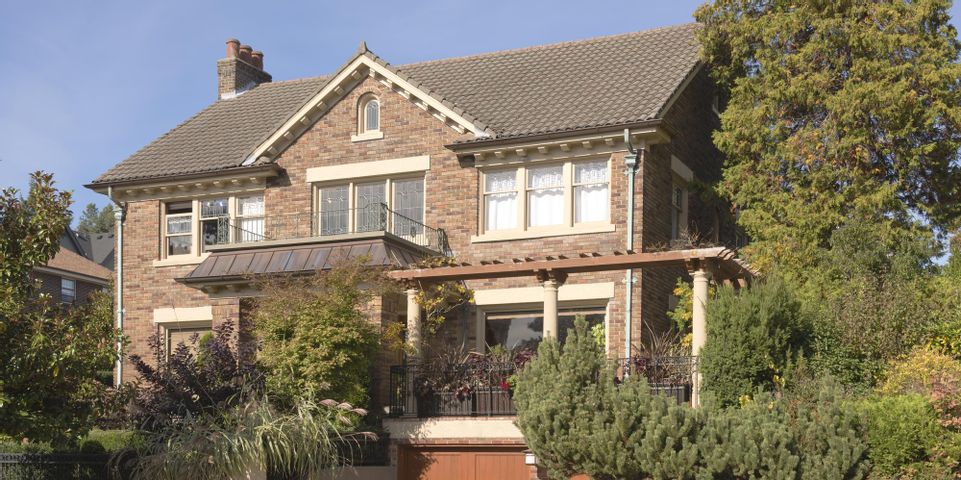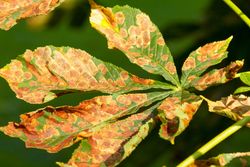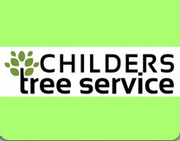
Trees provide shade and natural beauty, but when a disease strikes, they can quickly become a hazard. Without prompt tree removal or selective pruning, a diseased tree could die and fall on your home. The disease could even spread to other trees in your yard. The sooner you identify a diseased tree, the less likely you’ll need to completely remove it. Here are the three most prevalent signs so you can act quickly.
Top 3 Signs Your Tree Is Sick
1. Dead Branches
Dead branches are often the most immediately noticeable sign of disease and the imminent need for tree removal. These branches will often be bare of leaves or hang lower than they used to. Some may also have peeling bark. Regularly inspect the entire tree canopy for dead branches, as they can sometimes be obscured by healthy limbs that have yet to be affected by the disease.
2. Discolored Leaves
 Before a branch dies entirely, its leaves will typically begin to wilt and become discolored. Be on the lookout for leaves that are turning yellow or brown—a common sign of root rot. Dark spots or powdery mildew growth on the leaves could also indicate a bacterial disease. Holes in the leaves, on the other hand, are more likely to be caused by plant-eating pests such as caterpillars.
Before a branch dies entirely, its leaves will typically begin to wilt and become discolored. Be on the lookout for leaves that are turning yellow or brown—a common sign of root rot. Dark spots or powdery mildew growth on the leaves could also indicate a bacterial disease. Holes in the leaves, on the other hand, are more likely to be caused by plant-eating pests such as caterpillars.
3. Trunk Growths
If the trunk itself is exhibiting signs of disease, the need for tree removal becomes even more likely. Gray hoof-shaped growths or brown or black shelves that form along the trunk indicate a widespread fungal infection. These infections stunt branch growth and weaken the integrity of the trunk, greatly increasing the risk of a fall.
If you find yourself in need of tree removal services, contact Childers Tree Service. Serving York County, SC, for over 32 years, their licensed and insured team is available 24/7 to help with any tree-related emergency. To learn more about their eco-friendly landscaping and tree services, visit them online or call (803) 627-3157.
About the Business
Have a question? Ask the experts!
Send your question

